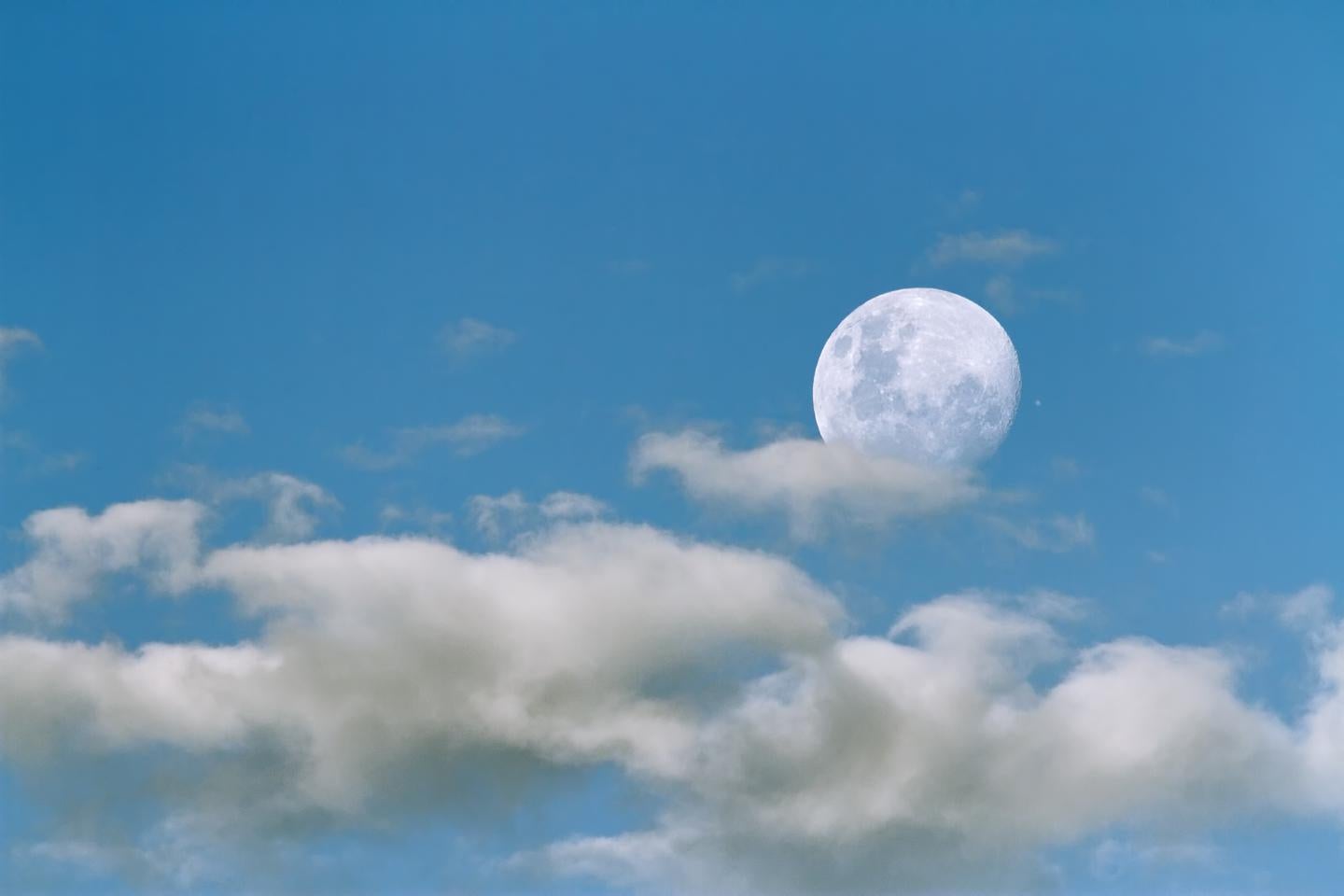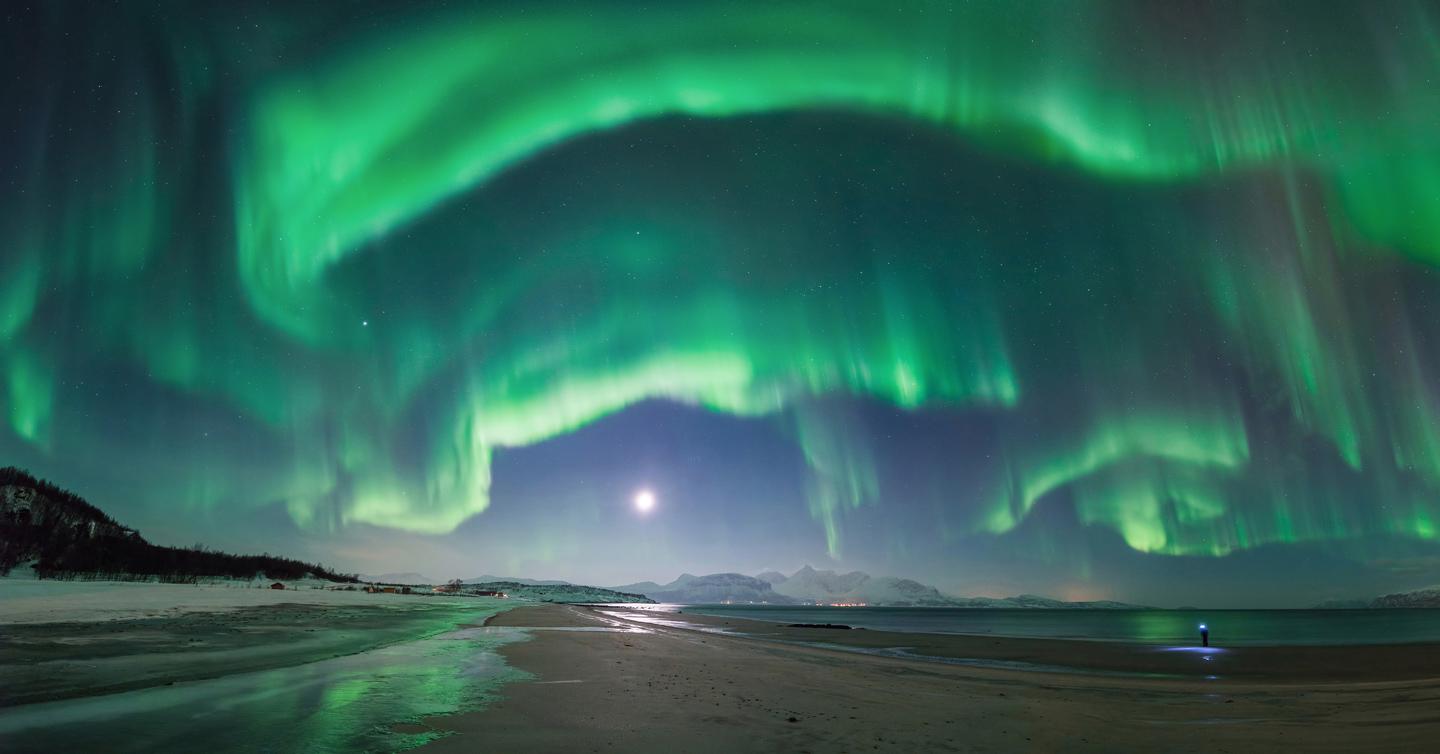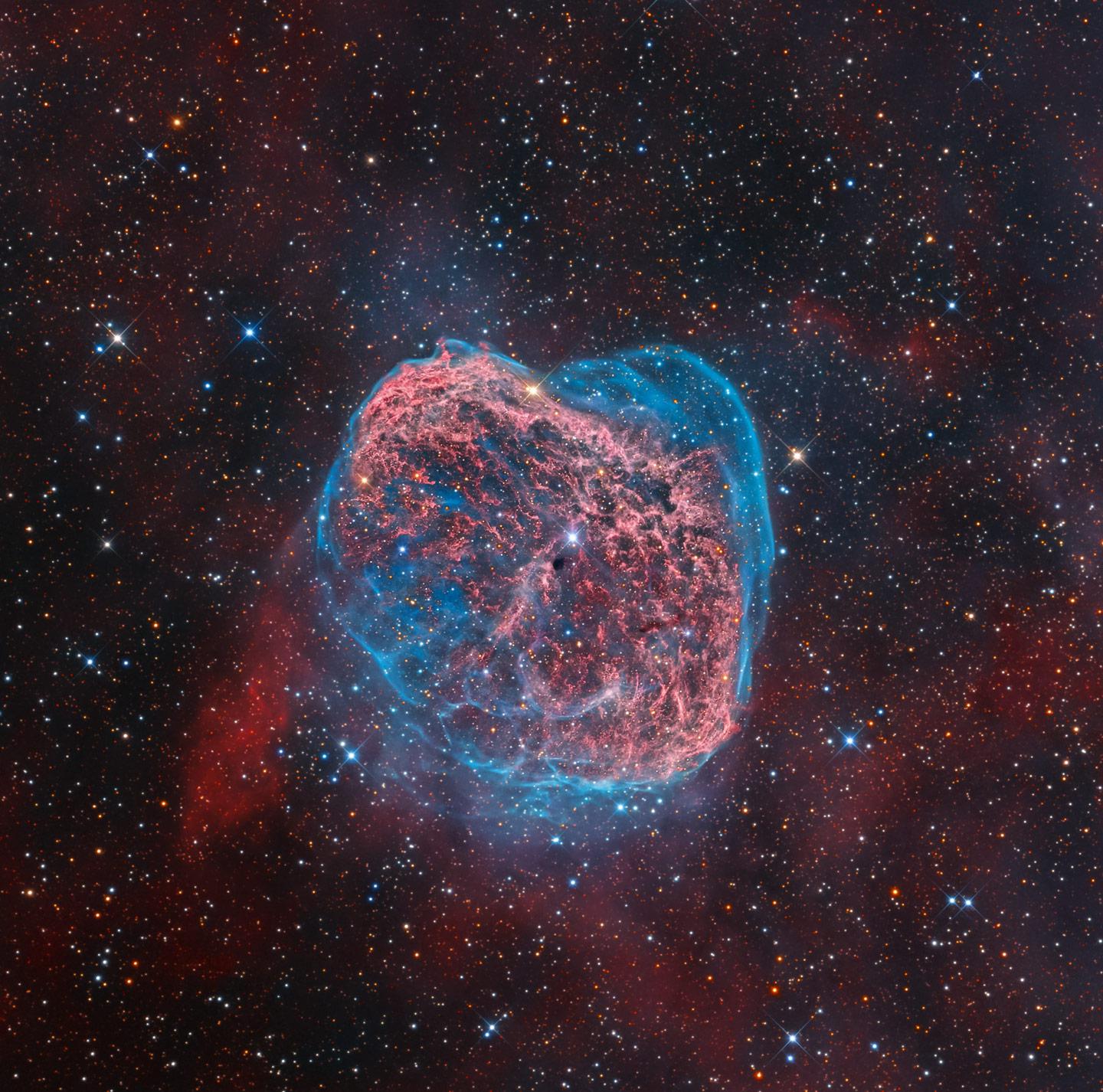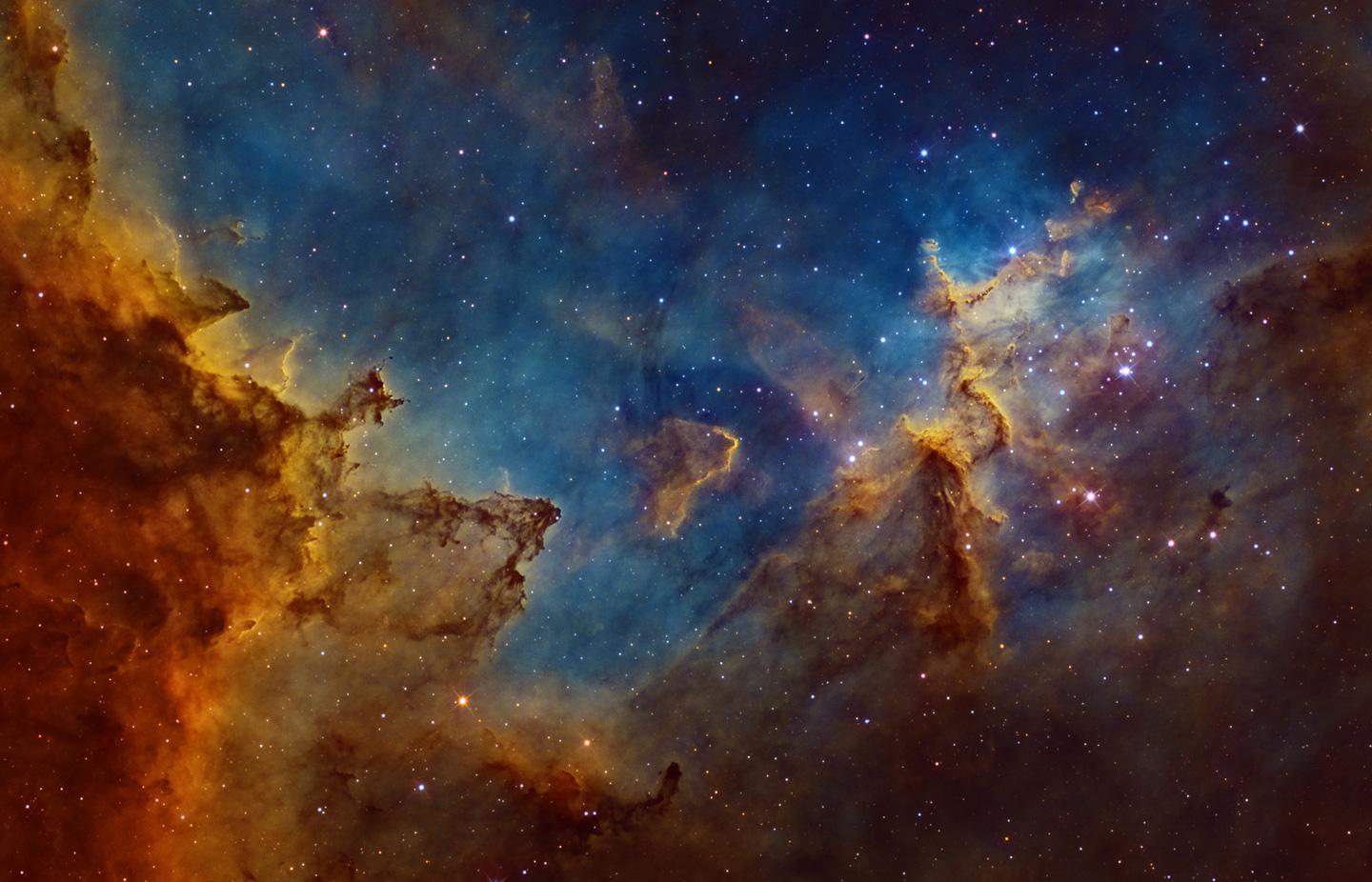I’m always excited when it’s time for the Royal Greenwich Observatory’s annual Astronomy Photographer of the Year contest. Being a hugely prestigious observatory, it of course receives a dizzying array of astonishing pictures of the Universe around us. It’s always a pleasure to look through them.
This year a record 2,500 entries were submitted, and from this they culled just 250 images to be on their short list for the prizes in the various categories, which include Earth and Space, Our Solar System, Deep Space, and Young Astronomy Photographer of the Year.*
All of them are magnificent, but I picked just a few I liked in particular to show you here. You can see them on the RGO site, and if you have a lot of spare time you can peruse all 2,500 submission on Flickr. Winners will be announced on Sept. 14, 2014, and will be part of an exhibition at RGO starting Sept. 18. If you’re in England, go look!
Until then, here are a few of the finalists.
Occultation of Jupiter

Photo by Sebastian Guillermaz
On Dec. 25, 2012, the Moon passed in front of Jupiter—what astronomers call an occultation—as seen from Earth. Sebastián Guillermaz captured the pair moments before the Moon covered the more distant planet. I love this shot, especially since it was done during the daytime.
Heart of the Scorpion

Photo by Rolf Wahl Olsen
Regular readers may recognize the name Rolf Wahl Olsen; he’s been featured on my blog before for his spectacular images of Beta Pictoris and Centaurus A (as well as spotting what may be a giant hexagon on Neptune). For RGO, he submitted this gorgeous shot of the Rho Ophiuchi cloud complex, a ridiculously beautiful star-forming nebula about 450 light years away. Dust in the complex reflects the blue light from a massive nearby star in one part, while absorbing light from objects behind it in another.
Geminid Fireball

Photo by Patrick Cullis
The Geminid meteor shower is one of the year’s best, peaking in December. This may be my favorite picture taken of one, not the least of which because I recognized it immediately as having my hometown Boulder Flatirons in the foreground! It was taken by local (to me) photographer Patrick Cullis in 2012. Jupiter is the bright “star” in the center, and you can also see the Pleiades star cluster near it with Orion on the left.
Father-Son Comet

Photo by Chris Cook
One of my passions is sharing my love and joy of astronomy, so how could I not show you this lovely shot by Chris Cook of a silhouetted father showing his son the bright comet C/2011 L4 (Pan-STARRS) glowing in the twilight sky? In 2013 the comet put on quite a show, but this image captures much of why I do what I do.
Surprise Aurora

Photo by Tommy Richardsen
Tommy Richardsen was about to pack up and leave a photography shoot when a huge and bright auroral display lit up the sky over Nordreisa, Norway. He was able to capture this phenomenal picture of the lights … even while his brother (seen on the right) scrabbled to get his own camera ready. Note: Annaliese Possberg, whose work I’ve featured on the blog before, also has a stunning picture of an aurora in the RGO shortlist as well.
Stellar Violence in Red and Blue

Photo by Mark Hanson
This jaw-dropping image by Mark Hanson shows the nebula NGC 6888, the result of fierce winds of subatomic particles blown off by the star WR 136, a massive blue monster a quarter million times more luminous than our Sun. The nebula is the result of a previously ejected wind of material being slammed by faster matter ejected more recently. Catch this object while you can: In a few million years WR 136 will explode, sending out much faster material which will sweep outward and destroy the nebula as we see it now.
At the Core of the Heart

Photo by Ivan Eder
IC 1805, also called the Heart Nebula for obvious reasons, is a star-forming cloud of gas about 7,500 light years away. Massive stars born inside the nebula emit powerful winds of material as well as copious amounts of ultraviolet radiation. These erode away the nebula from the inside-out, creating a vast cavity in the cloud, and sculpt bizarre and beautiful shapes as well. The fingers, chevrons, and spindles you can see in this photo by Ivan Eder show this process at work deep in the heart of the Heart.
*Correction, July 15, 2014: This post originally misstated that there were 19 shortlist entries in the RGO’s Astronomy Photographer of the Year contest, but in fact there are 250.